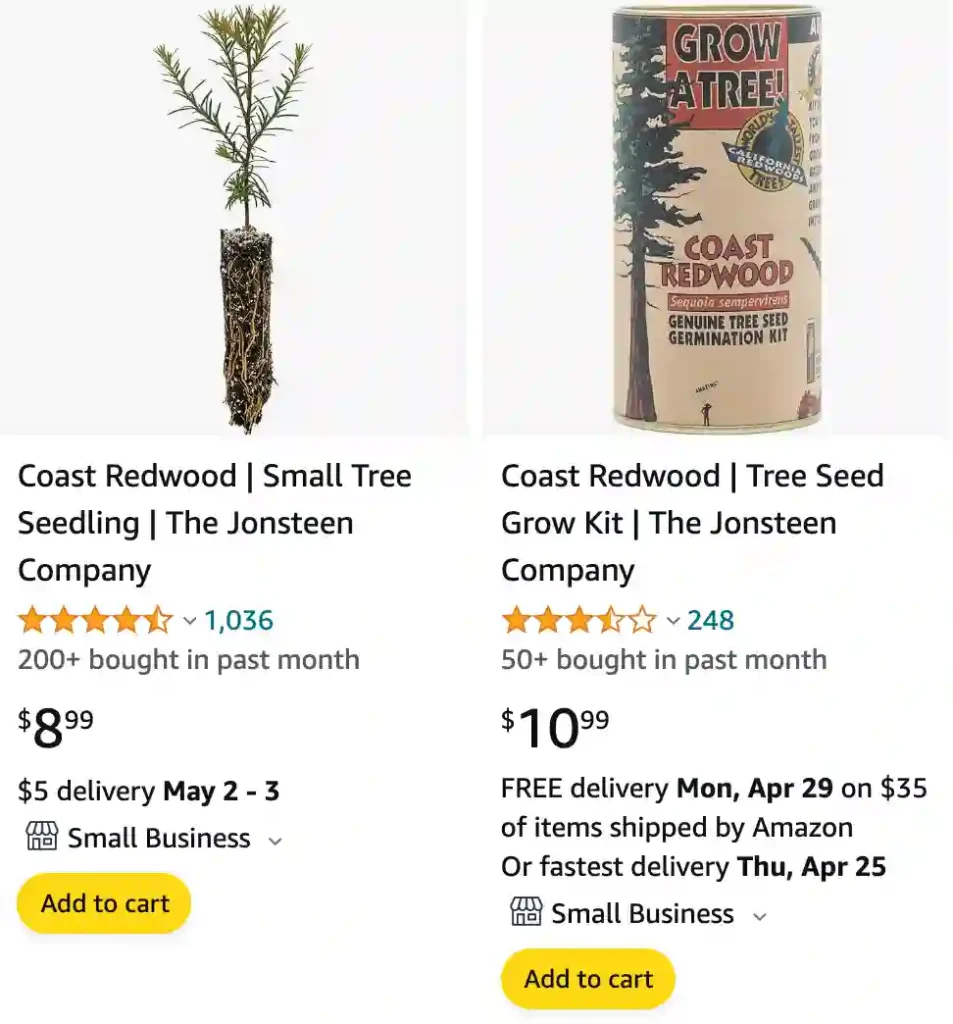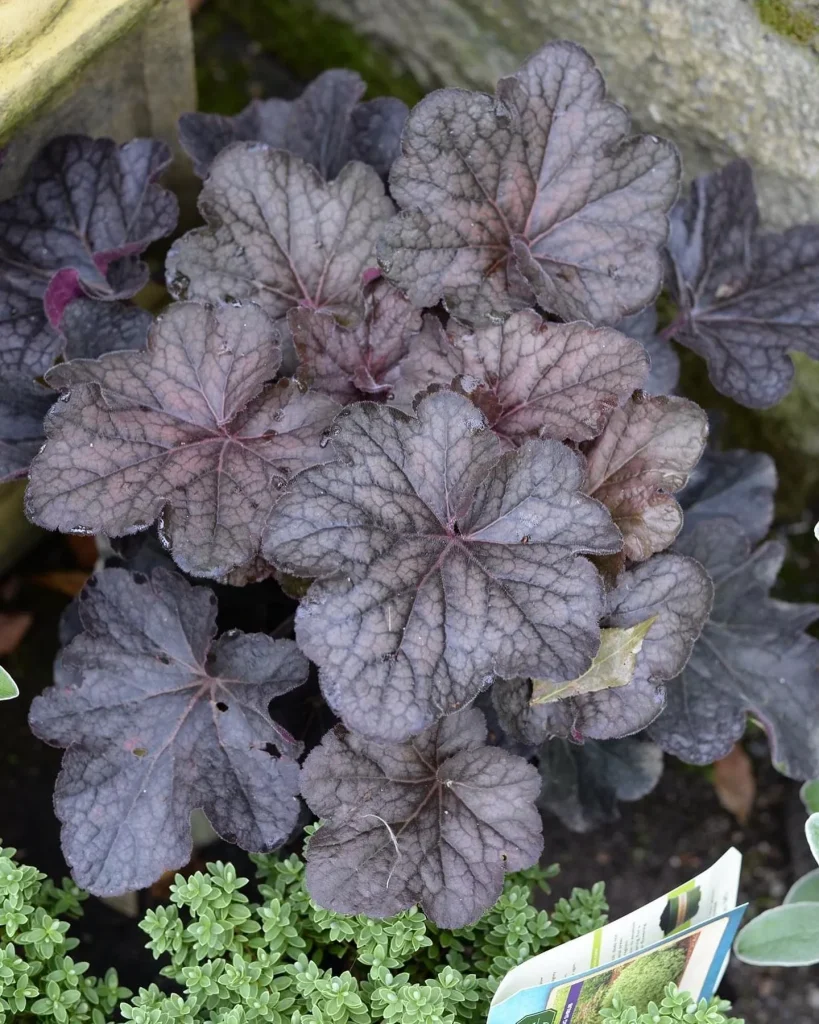
How tall are redwood trees?
Redwood trees are an absolute marvel to me. I’ve always been fascinated by their size, but nothing prepared me for the sheer scale when I finally saw them in person. My trip to Redwood National Park in California will stick with me forever. Those trees were so immense they seemed to brush the sky. I remember tilting my head all the way back and still not being able to see the tops! It’s like something out of a fantasy world, to see trees hundreds of feet tall towering above you. It honestly made me feel so small, and put the world into a whole new perspective.
Where are the redwood trees?
The iconic redwood trees are primarily found along the Pacific coast of North America, stretching through California into a very small portion of Oregon. There are actually two distinct redwood species:
- Coast Redwoods:These giants mainly inhabit coastal California and are renowned for their incredible height.
- Giant Sequoias:Stockier than their coastal cousins, these titans are found on the western slopes of California’s Sierra Nevada mountain range.
To experience these awe-inspiring trees, you can visit famous national and state parks like Redwood National and State Parks, Humboldt Redwoods State Park, or Sequoia and Kings Canyon National Parks.
How long do redwood trees live?
Redwood trees have some of the longest lifespans of any tree species on the planet, which makes them feel all the more remarkable. Some coast redwoods can live to be over 2,000 years old, while giant sequoias can reach an astonishing 3,000-plus years. I remember when I visited the parks, it seemed impossible that the trees around me had been alive for so many centuries. It makes you appreciate how fleeting human life is in comparison, and serves as a humbling reminder of nature’s enduring power.
Are redwood trees the same as sequoias?
While redwood trees and sequoias both belong to the same family and share some similarities, they are actually distinct species. I always thought they were interchangeable, but visiting California’s redwood forests taught me otherwise. There are a few key differences:
- Size and Shape: Giant sequoias are the world’s most massive trees, with huge, stocky trunks. Coast redwoods are known for their incredible height, making them the tallest trees in the world.
- Location: You’ll find coast redwoods along the California coast, while giant sequoias are located inland in the Sierra Nevada mountain range.
- Bark: Sequoias have thicker, more fire-resistant bark than coast redwoods.
Despite their differences, both redwoods and sequoias are true wonders of nature, inspiring awe with their incredible size and long lifespans.
How many redwood trees are left?
Seeing the towering redwoods firsthand really puts their vulnerability into perspective. It’s hard to believe that only about 5% of the original old-growth redwood forests remain. Our park guide mentioned that logging nearly wiped them out completely. Thankfully, there are now many conservation efforts in place to protect these giants. While it’s sad to know how much we’ve lost, it’s also encouraging to see how much progress has been made in preserving these irreplaceable trees.
Where are the redwood trees in California?
The magnificent redwood trees are found in a few key locations along the California coast and within the Sierra Nevada mountains:
- Coast Redwood Range:
- Redwood National and State Parks:These parks in Northern California offer some of the most spectacular and accessible old-growth redwood groves.
- Humboldt Redwoods State Park:Home to the impressive Avenue of the Giants, this park boasts miles of beautiful redwood forests.
- Giant Sequoia Range:
- Sequoia and Kings Canyon National Parks:These parks are where you’ll find the massive giant sequoias, including the famous General Sherman Tree.
How fast do redwood trees grow?
I was surprised to learn how quickly redwood trees can grow! Young redwood trees are like little rockets, shooting upwards incredibly fast in their quest to reach the sunlight. Under the right conditions, they can grow an astounding 2 to 6 feet every single year! However, that growth rate does eventually slow down a bit as the trees mature. Those massive ancient redwoods we see in the parks started small but grew with impressive speed, especially during their younger years.
If i die, water my plants!



